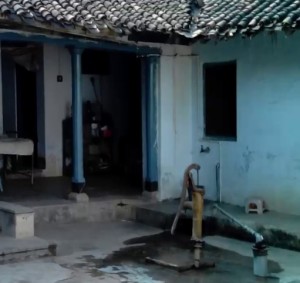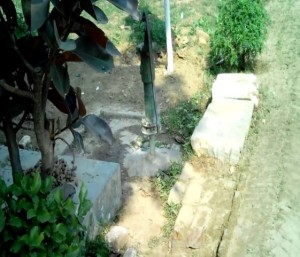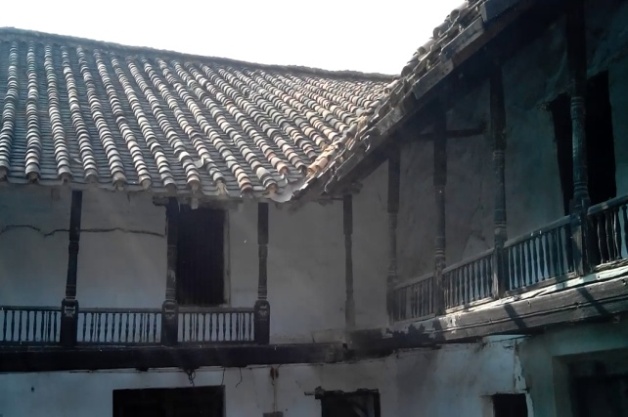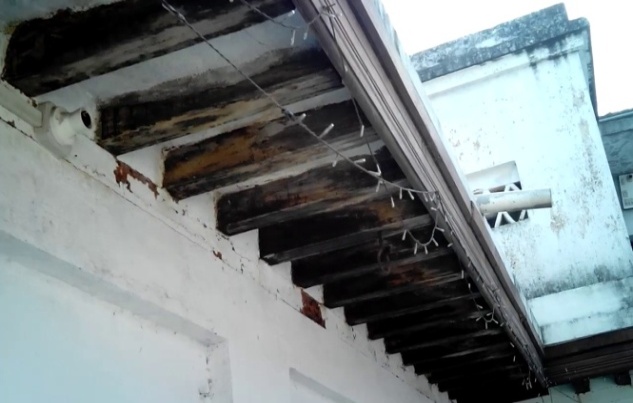Bihar, the land-locked central Indian state that lies in the Gangetic basin, accounts for 16.5% of the flood-prone area and 22.1% of the flood-affected population in India. As per the geographical location of the state Bihar, almost all rivers that emanate from mount Himalaya run through Bihar to Ganga via Nepal.
The major rivers that flow through the state are Ganga, Sone, Bagmati, Lalbakia, Budhigandak, Kamalabalam, Aadhwada smuhik nadi, Poopoon, and the Kosi which is known as the sorrow of Bihar. They contribute to building the fertile valley in the state, but when overflowing, cover it with floods creating havoc in the life of the people. These floods are regular annual occurrence for the people in Bihar, crippling life in about twenty northern districts. As per the record of the Dept. of Disaster Management, Government of Bihar, floods have occurred 55 times in last 53 years resulting in the death of more than 7633 persons, destruction of public property worth Rs. 243549.6 lakhs and Rs. 418568 lakhs worth crop damaged.
Disaster in Bihar in 2007 and Extent Relief by State Government of Bihar
Recognizing the gravity of the situation, the state government and other agencies have responded to the flood situation prevailing for over a month. The State Disaster Management Authority has initiated various measures to evacuate people and provide immediate relief as seen below. Following a special meeting of the Cabinet, the state has announced its decision to allocate Rs. 1,500 crore for the relief of flood victims of Bihar dwarfing the Rs. 350 crore earlier earmarked for them under the Bihar Emergency Fund. As usual the relief measures do not match up to the enormous need and demand raised by the flood situation. In the situation of shortage exclusion of the most needy and vulnerable and ensuing violence are being reported from different parts of the state.
Need for effective and equitable disaster management
The current floods have started in and water continues to inundate many of the villages. It has destroyed the thatched houses and huts of poor people, leaving them unsheltered or forced to take shelter under the tree or in open place just under polythene sheets. Wealth, food grains and utensils are swept away by the flood water. People have been washed away or drowned. Cattle drowned or carried away by the flood water. The communication, transportation and education systems are hampered. Hunger and disease situations are threatening. The lack of communication cuts people off proper medication, food and other amenities.
The most vulnerable victims of the adverse outcome of flood are the lower castes and classes of people with no organized mechanisms to fall back. They continue to survive and cope resiliently with the minimum they have and provided by the state, but are caught in the cycle of recurrent floods negatively affecting the chances for development. The recurrent flood situation has created an all round situation of apathy in the state administration providing minimal relief during the disaster. Other resource agencies also contribute to the relief process during disaster.9
The need to go beyond and develop effective disaster management strategies with the participation of the affected communities is critical to the long term human resource development and growth of the state. Making disaster management equity based and inclusive becomes imperative to developing long term solutions and benefits for all, in particular critical to the most vulnerable sections themselves.
Innovation from Bihar
There are some names of technologies which are innovated from Bihar:
- Cooker for coffee
- Reducing the pollution
- Hand pump with a change
- Novel gear mechanism & Cap for the wooden pencil
- Amphibious bicycle
- Bicycle that can be carried in a bag
- Solar cycle along with FM, radio and charging facility & Multifunctional emergency light
- Tobacco leaf cutting machine
- Communication board for the deaf and the dumb
- Pen multimeter
- Efficient egg boiler
Traditional-commercial knowledge
- Canal-Irrigation
- Soil Erosion/Tree falling on banks
- Fishery (Muddy Water)- Livelihood Earning
- Pump Set-water irrigation
- Land encroachment
- Flood gate dams (small)
- Canal without concrete (soil erosion)
- Dikes-natural
- Mechanical harvesting (paddy)
- MNEREGA- Road construction project
- Dung-fuel energy
Green technologies in Murar Village:
- Multicrop agriculture cycle
- Hand-pump irrigation
- Optimum space utilization
- Solar energy, education, textile
- Horticulture/vegetable/turmeric
- Resources of drinking water
- Green environment based colony
- Traditionally storage of food
- Wood fuel (old trees)
- Use of wood for Construction of house

view of hand-pump for drinking water

view of hand-pump irrigation

view of balcony of traditional house

view of traditional roof
Click on below buttons and Download PDF files for more details in this context.